David Hockney: I’m deaf like Beethoven
mainThe artist has created an empathy portrait of the composer on his iPad on behalf of Apple Music.
He tells the Mail on Sunday: ‘I have always been an admirer of Beethoven’s work, which is why I chose to do this project.
‘I first heard Beethoven when I was about 12 and I went to the St George’s Hall in Bradford from school and sat behind the Halle Orchestra, John Barbirolli conducting Beethoven’s 7th Symphony. I was hooked straight away.
‘I often listen to a recording of Glenn Gould playing the Franz Liszt version for the piano of Beethoven’s 5th Symphony, it’s fantastic.
‘Of course I don’t go to the opera or concerts much these days, I’m too deaf now – but I’ve got a lot of music in my head, so I’m OK.’
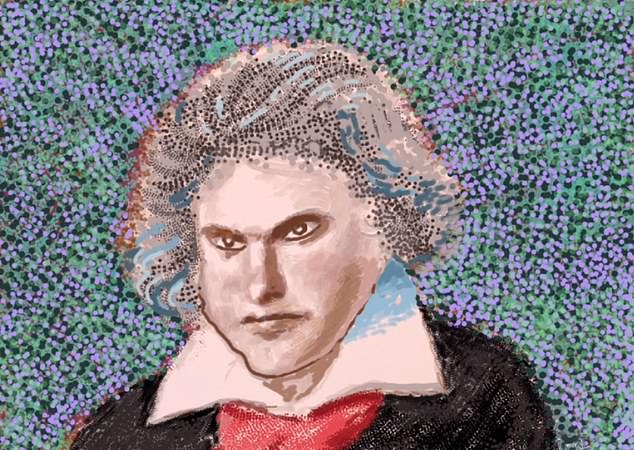
(c) David Hockney/Apple Music

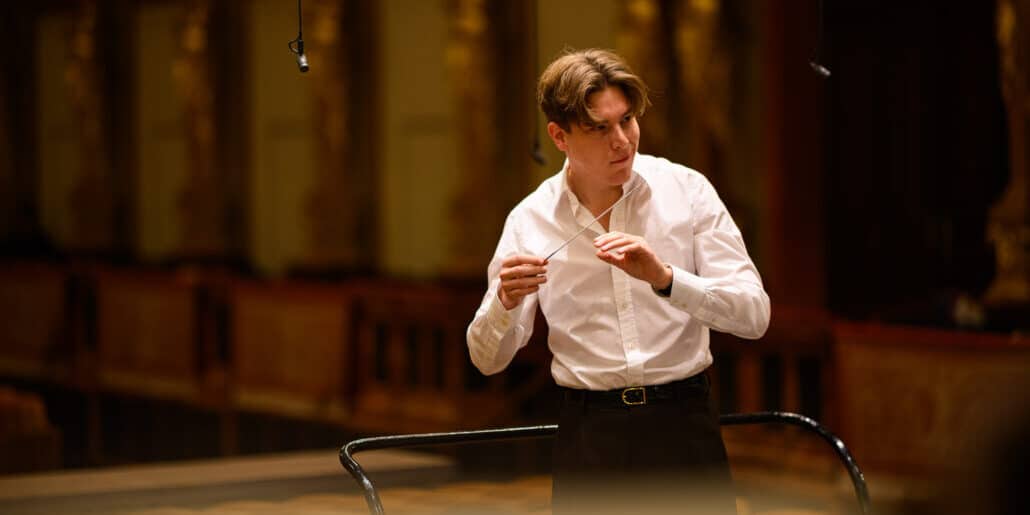
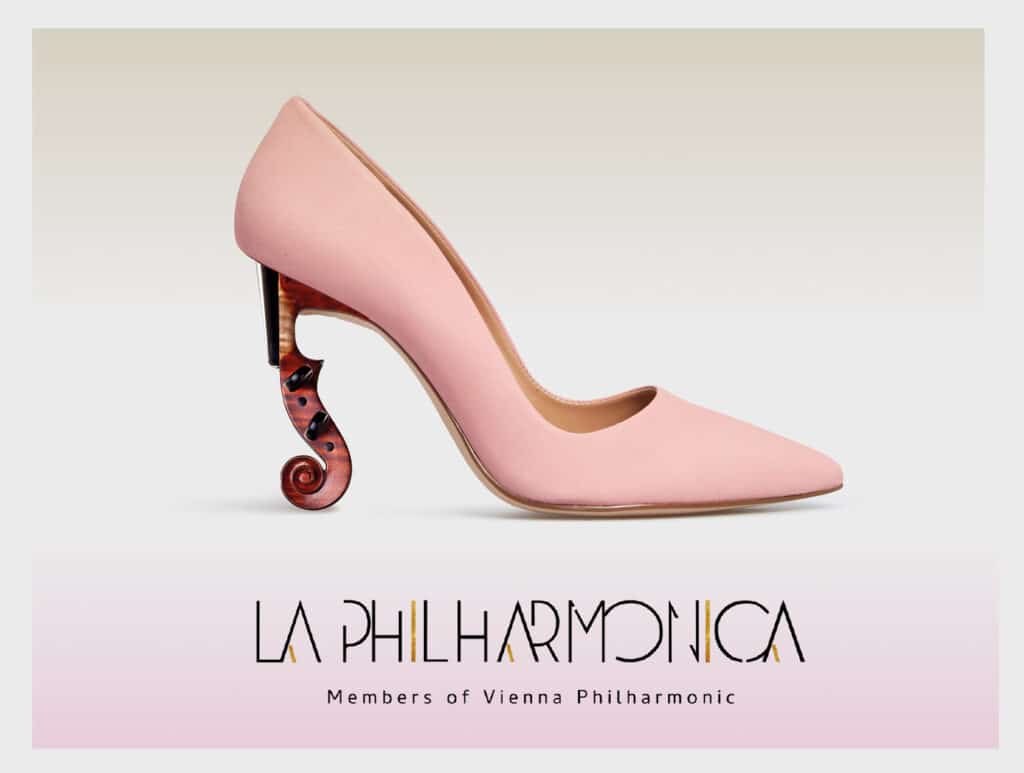
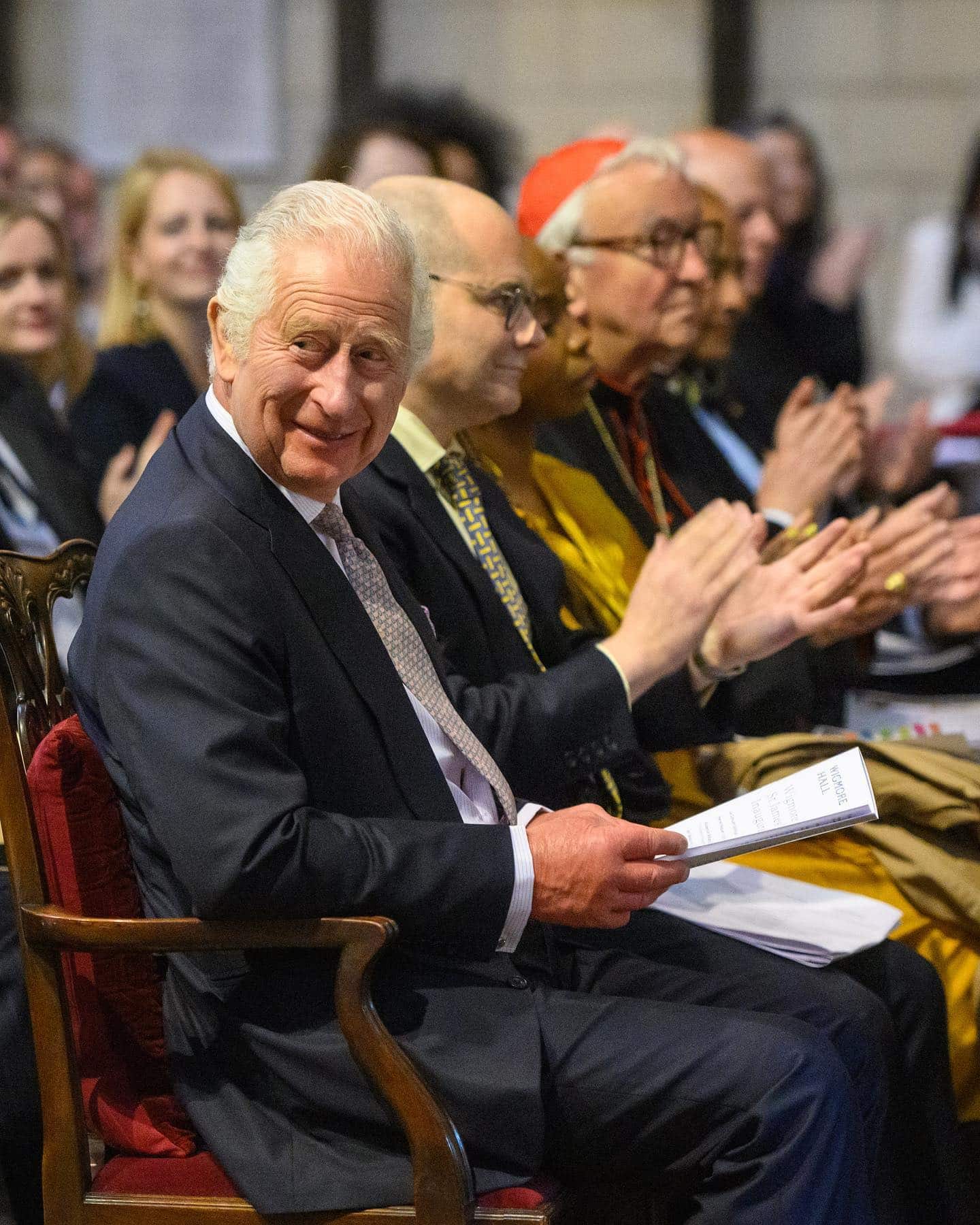
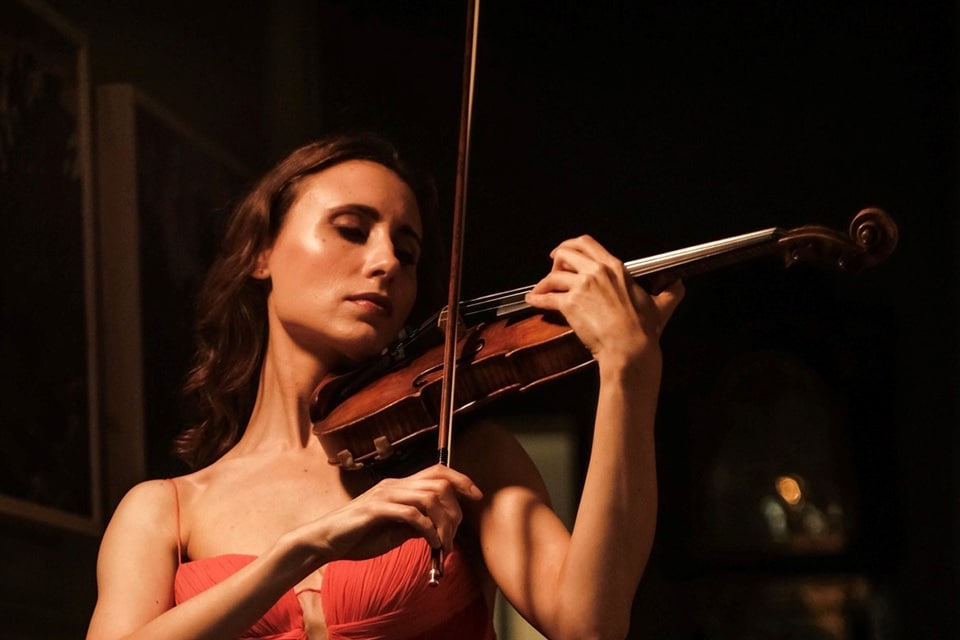
What a terrible portrait. Embarrassing. Probably Mr Hockney has also problems with his eye sight.
Only embarrassing to you, not those of us who live in the Bradford area and go to concerts at the wonderful St George’s Hall, thanks to the Jews!
Well let us put it this way Mr Borstlap, if you had one tenth of the talent of David Hockney you would move up the ranks from a third rate composer to a second rate one.
Thanks Ellingtonia. David Hockney is among the finest artists of our time. His deafness does not interfere with what what he sees and how brilliantly he records his vision on paper and canvas not to mention on his iPad. I have three of his works which give me the same joy that Beethoven does. Is that not the function of art?
Even Homer nods …
Hilarious…..
Yes,when I go to the main nuseum in Begrade I am transported to heaven on earth. I do not have to like everything but I still appreciate every picture and statue.
So cute to see people defending Mr H’s work with such passion.
“So cute”, you mean people who appreciate the immense talent that Hockney is and who in a lengthy life has produced works that millions have responded to. Don’t you just wish that people defended your work with such passion or even showed the slightest interest in? To paraphrase that famous interviewer Robin Day “you are a here today, gone tomorrow, composer” (look it up).
Yes, that’s the spirit! Mr H needs it badly.
I wish musicians would have the sense to keep quiet about art. Who are you to pronounce judgment? Have you more than glanced at it? Can you at least start by considering what the background represents (hint: tinnitus)?
I wonder what David Hockney would think of your compositions, if he were able to hear them?
P.S. to NL – Davod?
On second thoughts, perhaps Mr Borstlap deserves praise for his perceptive critique.
“Embarrassing”. Embarrassment about his deafness caused Beethoven great distress: “… I found it impossible to say to others: Speak louder; shout! for I am deaf! Alas! how could I proclaim the deficiency of a sense which ought to have been more perfect with me than with other men” (1802).
“problems with eye sight: a visual artist contemplates the disaster it would be to go blind, and expresses visually complete empathy with a musician becoming deaf.
“terrible”: in the sense terrifying, yes, indeed, if you think hard enough.
There should be a closing quote mark after sight (my nemesis for picking on others’ misprints).
Leaving snide comments aside, I do think this is a striking and rather poignant image.
It is conceptual art using mimetic material. It is not about what the image conveys, how it looks, what its aesthetic or expressive qualities are, but what it means, as something different. Visually, it is extremely poor, something what the Germans have invented a special word for: ‘Fehlleistung’, an achievement in terms of failure. How do we know? Because there is a portrait tradition of many ages, with many high-quality works, it is a specialism requiring very specific talents: aesthetic, technical, psychological talents. In comparison, mr H’s poor attempt looks like a children’s drawing.
This is not a subjective put-down, but a simple observation which is easily confirmed if one takes the trouble to have look at portrait painting on the internet. But I know, musicians and most of the people who enjoy and love classical music, have not much interest in the visual arts, and that is regrettable since there are interesting paralels.
Oh dear, when all else fails, resort to the usual intellectual bull****. You state “mr H’s poor attempt looks like a children’s drawing”. It is remarkable that someone like yourself, of such limited musical talent, takes it upon himself to denigrate the work of one of the truly great artists of the 20th and 21st century. This work was done on a tablet, a medium that DH quite often uses and on which he produced some stunning depictions of the landscape in East Yorkshire. The Hockney exhibition in London (which I visited) a few years ago had to extend the opening hours to cater for the thousands that wanted to see his works. Tell us Mr Borstlap, when was the last time people queued to get into a concert hall to listen to your music?
That was in Dallas and Hong Kong in 2016. And the piece was indeed beautiful, but it was really not suited for you.
But, Mr Borstlap, were they queuing in Dallas for your Solemn Night Music, or for Kavakos in Bartok’s second violin concerto, or for Beethoven’s Fifth?
To be more positive, and to show the danger of snap judgments in music as in art, when I followed your recommendations elsewhere for Nicola Bacri, my first reaction to a Sonata Notturna of his (https://www.youtube.com/watch?v=QJHnjBfHxg8) was not unlike one of the two YouTube comments, i.e. “Music should be accessible for everyone like Vivaldi’s, Mozart’s music, and not just for a few limited people (professionals) … what is this ?? can’t understant anything.”
But I persevered against this ignorant and negative judgment, listened again harder, and found much to appreciate and enjoy. So thank you.
And your evidence that they had come to hear your music is? (or is it presumption on your part that people were not interested in the other pieces on the programme!)
Indeed, subscriptions and ticket sales were very low until my piece was inserted in the programme and then, the hall was booked in one day. Afterwards, I was carried on the shoulders of fans and needed police protection, scrambling to my hotel. And I could not sleep because at 3 a.m. there was a serenade with a brass band under my window. It’s not an easy profession.
First, Mr Borstlap, it is not a portrait. It is a digital image, based on a well-known portrait of Beethoven but with its own purposes. Second, take another look at some children’s drawings. They have their own quality; this is something quite different. Third, it is not conceptual art.
I’m afraid you sound like my great-grandfather, on first seeing a painting by Picasso. But perhaps your judgment of Picasso is the same as your judgment of Hockney?
I would imagine musicians enjoy art in the same way and to the same degree as ordinary people do. Specialist knowledge is not required, and you are entitled to your likes and dislikes — unless you want to set up as a critic, in which case it helps to know what you are talking about.
I’m no art specialist; but when I read a silly judgment of a painting, it makes me want to look at it more thoughtfully. It can be quite rewarding. The same goes, of course, for music.
I admire works by Hockney, I think he is usually a better technician, but that is not essential. The problem is that if I think of Beethoven’s life then I find this iPad painting a total mistake.
All artists suffer, but Beethoven suffered consciously for greatness. I can hear greatness in more works of music than I deserve, but rarely do you encounter the desire to be great as a really convincing force in a piece of music, rarely the difficulty or absurdity of striving for something so out of pace with common sense. This is something which makes Beethoven provocative and wonderful. From a psychological view also, the experience of struggling is not generally an aesthetic experience, and the struggle for greatness in particular is presumably not prudent, and yet his best music is outrageously successful, and at the same time deeply human, unlike the caricatures of greatness that make up too much of history. It isn’t unlike the kind of manifesto found in the Marriage of Heaven and Hell. Would Beethoven see himself in this depiction by Hockney? I think, at best, it looks like an uninteresting man abiding something unfortunate, its style is deliberately humble. The spirit behind the Eroica, or the Hammerklaiver, the Quartets, is something much more generous and unusual than sympathy. I see none of that spirit or abundance in this painting.
Duessa, you make a good case. Perhaps I was seeing Beethoven more as the man, and you see Beethoven as the Hero he surely thought himself to be. Maybe this is the difference between Ariosto and Spenser.
Is it really true that all artists suffer? Or just romantic artists?
The face is badly shaped (no likeness at all) and has no expression. One of the better REAL portraits of Beethoven is the modest pencil drawing by C.F.A. von Kloeber, and nowadays in the colelction of the Beethovenhaus in Bonn:
https://commons.wikimedia.org/wiki/File:Beethoven_1818.jpg
@ John Borstlap. Thank you for your link to von Kloeber. It wouldn’t work on my browser, but I found another link to this very fine drawing, interesting in comparison with the famous Stieler 1820 portrait. There is also an earlier (1804/5) academic portrait by Mähler, which I expect you know.
You say ‘no likeness at all’, but I’m sure you don’t really mean it (do you yourself really know what Beethoven looked like?). Hockney’s image is an instantly recognizable calque of the iconic 1820 face, depicting (I think) an imagined younger Beethoven; indeed I see that the painting is called Beethoven After His First Symphony, i.e. in the early 1800s (when his deafness began).
It is misleading to judge this simply as a portrait. Beethoven did not sit for Hockney! And I think you are quite wrong to say ‘it has no expression’ — but I can’t see with your eyes, as you can’t see with mine.
There is an old article on Beethoven’s appearance, which begins “It might be difficult to decide what Beethoven looked like if one had to depend only on the contemporary portraits”. (Music and Letters, Volume VIII, Issue 2, April 1927, Pages 122–124, https://doi.org/10.1093/ml/VIII.2.122)
For another digital representation of Beethoven, try this: https://www.classicfm.com/composers/beethoven/modern-digital-potrait/
Interesting…..
But we can check likeness because there is the plaster cast, ‘life mask’, and that is actually the REAL face of Beethoven:
http://www.zuskorsten.com/beethoven-life-mask
Thanks, I didn’t know about this. ‘Eyes Wide Shut’, very displeased, and bald!
Hockney’s painting is not a portrait (sorry to repeat myself) – it is a , if you like, on Stieler’s portrait.
Just as a very final afterthought, here is a reminder of Warhol to delight you further: https://www.masterworksfineart.com/educational-resources/andy-warhol/andy-warhols-beethoven-series-1987/
(In my penultimate comment, ‘variation’ got accidentally deleted.)
You are not fit to carry his bags.
Beethoven sure looks nice with frosted hair.
What a strange-looking picture.
Anyway, I always remember something I read in a Hockney interview, back when he was starting to lose his hearing. Something to the effect that he wasn’t sad, because “Anyone who loves music also loves silence.”
Yes because silence means you can hear your own version of Beethoven, but still a huge disability for him.
Deaf like Beethoven, blind like Delius.
The picture looks exactly like my aunt Sarah when she comes from her knitting club, irritated about the gossipping and the limited choice of cookies.
Sally
Get a life.
David Hockney. A real national treasure !!